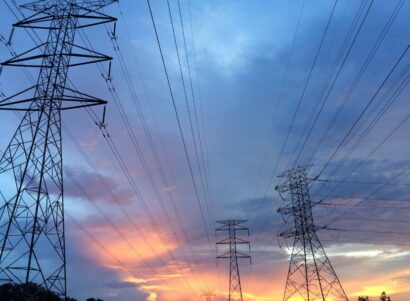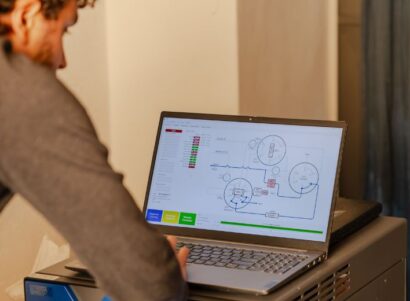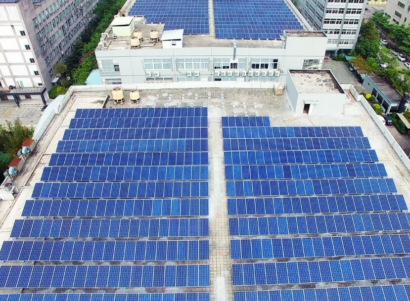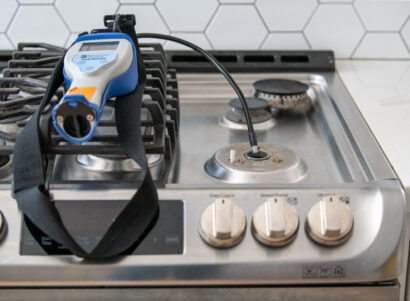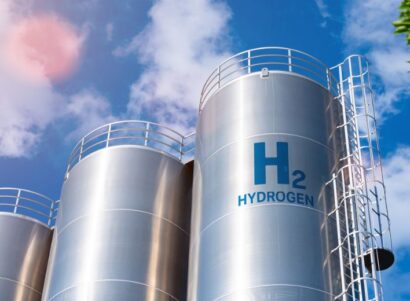This week, President Biden signed the Inflation Reduction Act (IRA), enacting the most consequential climate legislation in U.S. history. The bill provides $369 billion in climate and clean energy programs and is expected to lower greenhouse gas emissions 40% below 2005 levels by 2030. This puts Biden’s goal of 50-52% emissions reductions within reach with further action from state and city governments.
While imperfect, the IRA represents a massive win for climate change and energy equity. The bill delivers nearly the same carbon emissions reductions as the original Build Back Better (BBB) plan from 2021 (42% reduction in the IRA versus 46% reduction in BBB). It outlines substantial investments in clean energy and energy efficiency technologies that will lower our dependence on fossil fuels and drive down energy costs for American households. This approach—aligning emissions reductions with energy equity—is an essential but often overlooked approach to climate policy, which will ensure that the clean energy transition results in a more just and affordable energy system over time. Two important strategies the IRA uses to deliver both equity and climate benefits are:
- The expansion of clean energy incentives for homeowners and for distributed generation sources (e.g., community solar) in low-income neighborhoods, and
- The provision of tax credits and rebates for home energy efficiency improvements, with upfront rebates for low-income households essentially acting as a discount.
By aligning emissions reductions with energy equity, the IRA represents a significant divergence from climate policies focused exclusively on reducing greenhouse gas emissions. State and federal policies frequently put cutting carbon emissions and energy equity on separate tracks, however, this approach can overlook the needs of specific regions or populations, like low-income communities, rural areas, and communities of color. Attempts to align energy equity and emissions reductions have often relied on refundable tax credits. Here again, the IRA stands out. The bill establishes upfront rebates for clean energy and energy efficiency, reducing financial barriers to clean energy adoption and supporting lower annual energy costs for vulnerable and low-income American households. It also establishes and provides $27 billion for a federal Green Bank, which will support local green banks in funding clean energy and zero-emission projects in low-income communities. Over time, this will help to ease existing cost burdens and alleviate newer inflationary pressures.
Lowering Energy Costs With Clean Energy
The importance of energy affordability is hard to overstate. Access to energy is crucial for modern life and for maintaining public health, individual well-being, and economic growth. Still, millions of households across the U.S. struggle to pay their energy bills, and inflation and spiking costs of gasoline and fossil gas have only exacerbated this problem. In a study on energy affordability for the Colorado Energy Office, we found that the percentage of income spent on energy needs (known as energy cost burden) is particularly high (exceeding 6% of income) for low-income communities, rural households, communities of color, mobile home residents, and propane users in Colorado. These findings align with research in other states and at the national level.
Research shows that expanding access to clean energy in marginalized communities is key to reducing energy cost burdens. The IRA does this by providing tax credits and rebates for renewable energy projects, including extending the Renewable Energy Investment Tax Credit (up to 30% tax credit for renewable energy projects), and a more targeted investment in the Low Income Solar and Wind Investment Tax Credit (an additional 10-20% credit for projects developed in low-income or disadvantaged communities). The expansion to the Investment Tax Credit (ITC) will provide solar developers up to a 50% credit for putting solar in low-income or marginalized areas. Additionally, billions of dollars will be made available to rural cooperatives and rural energy programs. These customers disproportionately rely on more expensive fuels like propane and air-polluting fuels like wood and often have significantly higher energy cost burdens than their urban or suburban counterparts. The provisions in the IRA will provide rural communities with cheaper alternative sources of electricity that are also less susceptible to price fluctuations and less harmful to human health than fossil fuels.
Supporting Low-Income Energy Efficiency with Upfront Rebates
Most households who struggle with high energy cost burdens also live in homes with older, inefficient appliances and poor insulation that tend to use more energy per square foot. These inefficient and poorly weatherized homes tend to be disproportionately located in lower-income neighborhoods and have increased reliance on inefficient space heating or cooling appliances. The IRA provides billions of dollars in tax credits and rebates for building and home energy efficiency, which will help homeowners weatherize their homes, improve energy efficiency, and upgrade to newer and more efficient appliances (like heat pumps).
In the near-term, the Act provides up to $1,200 as a tax credit to homeowners who front the cost of energy efficiency improvements. Down the line, however, $8 billion will be made available for two rebate programs designed to promote energy efficiency and home weatherization in low and middle-income homes. These rebates have income limits, with the maximum rebate amount being made available to households making 80% or less than the Area Median Income. The rebate amount tapers down as household income increases. This ensures benefits do not go to higher income households, as has happened in the past. Language in the bill indicates these rebates will take effect at the time of sale, essentially acting as a discount. While it will take some time for states to apply for money and establish systems to implement these programs, providing up-front rebates is essential for families who may have limited cash on hand. Collectively, these measures will save households thousands of dollars per year in energy bills, substantially improving energy affordability for low-income families.
Looking Ahead, Educating Consumers Can Help Lower Barriers
It should be noted that with existing state and federal assistance programs, participation rates have been low—partly because funding is inadequate to cover all eligible households, and partly because customers are often unaware the programs exist or that they qualify for them. Our research in Colorado, for example, found participation rates for state programs (like the Low-income Energy Assistance Program and the Colorado Weatherization Assistance Program) were below 20%, while federal bill assistance programs like LIHEAP serve only around 20-25% of eligible households. The IRA accounts for the lack of funding by directing billions of dollars to state agencies for energy efficiency programs. But as states receive additional funds through the IRA, they will need to incorporate more sophisticated communications campaigns into their programs and reduce barriers to participation (like removing income verification and implementing automatic enrollment) to target households and communities that are otherwise difficult to reach.
The climate provisions of the Inflation Reduction Act represent important progress for the U.S. The investments in clean energy and energy affordability will help transition Americans away from fossil fuels while also lowering energy costs for households, particularly in low- and middle-income communities. However, we still have a ways to go to meet our pledge made in the Paris Climate Agreement of halving emissions by 2030. This goal is within reach if states and local governments step up and push for even more ambitious climate action. But now that funding is available, the hard part begins. States should learn from prior pitfalls from energy affordability policies and ensure marginalized communities have fewer barriers to access the benefits available to them from the IRA, and keep moving forward with aggressive climate policy because we are running out of time.
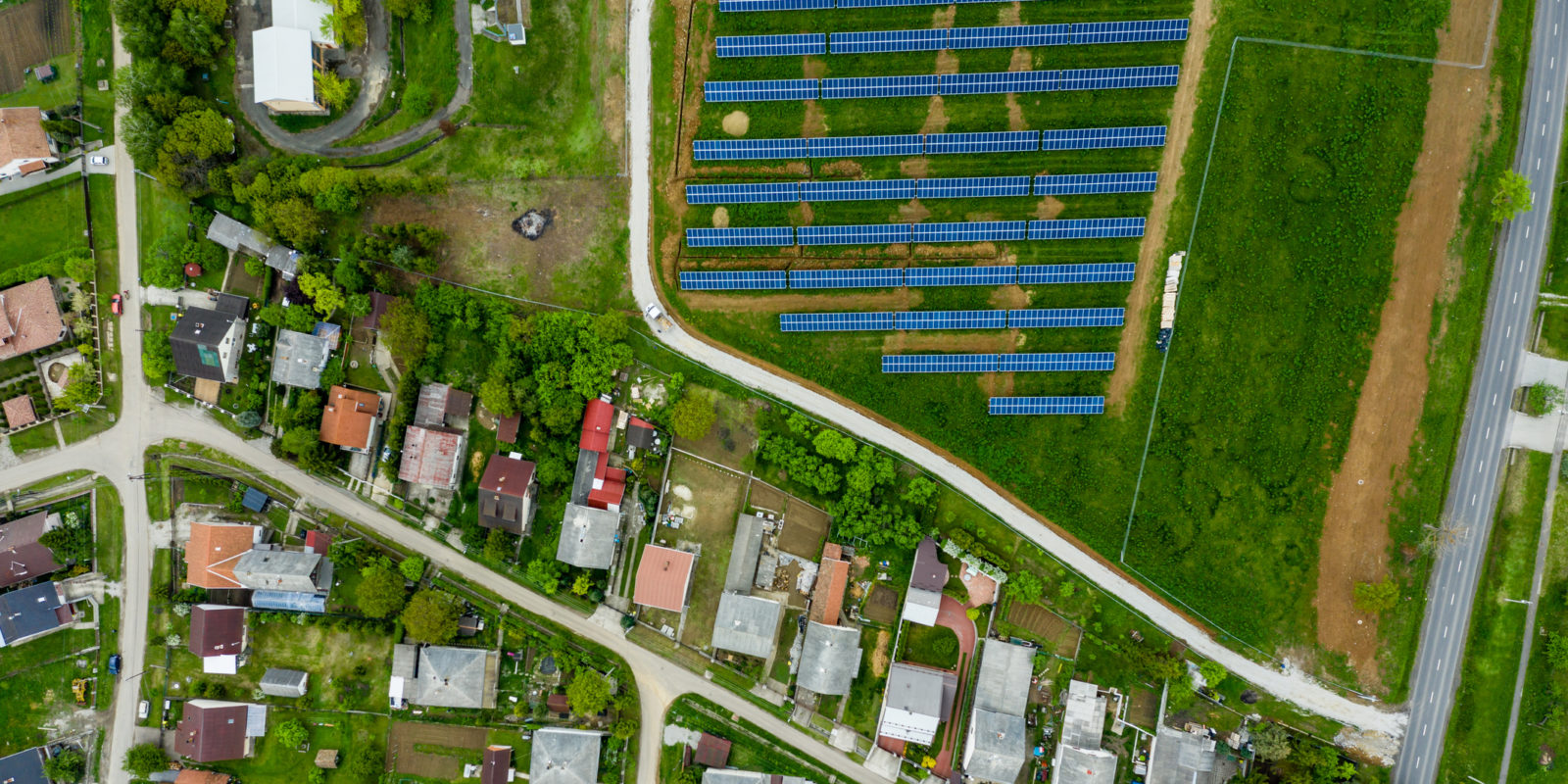

 Research
Research







